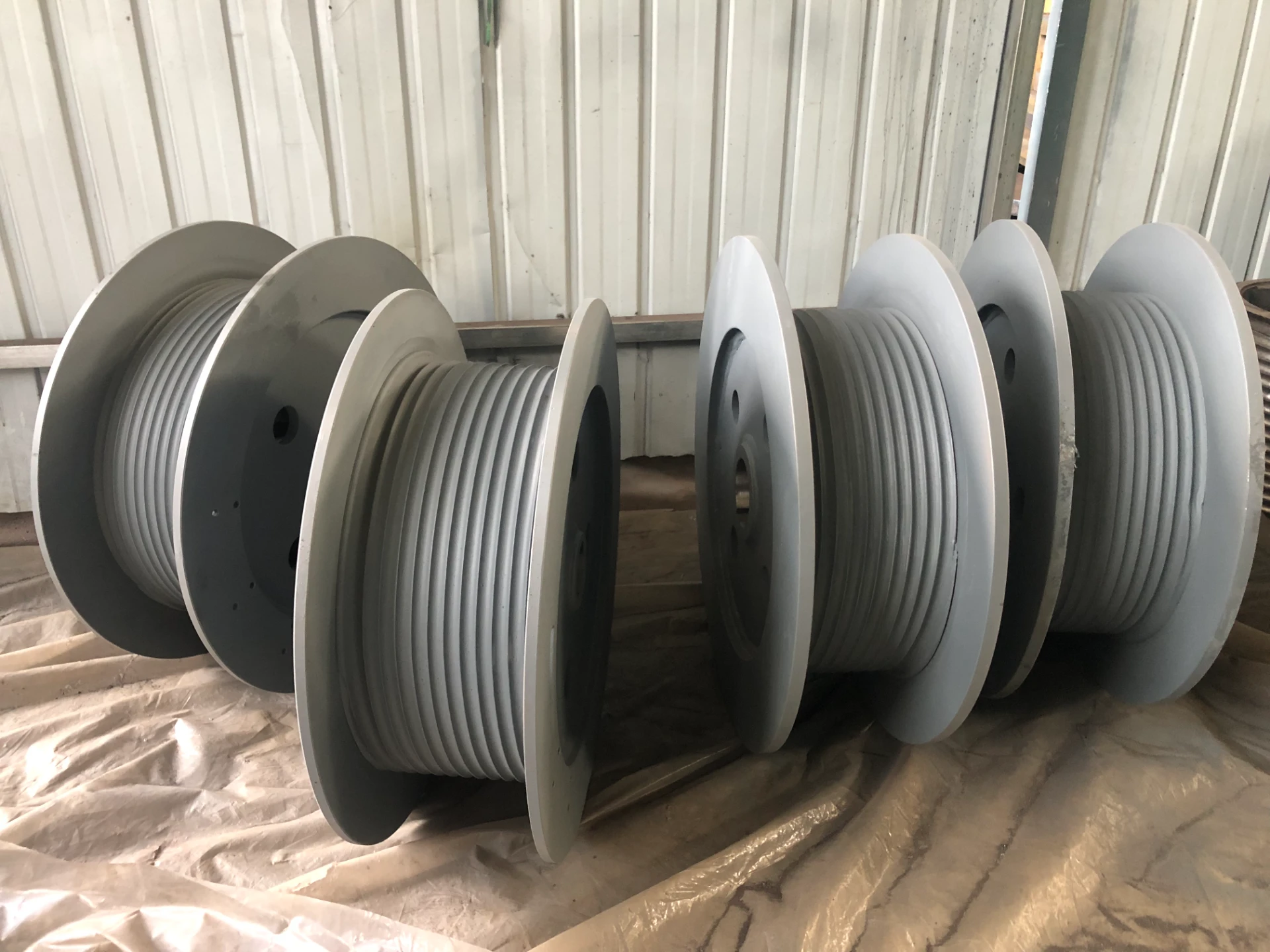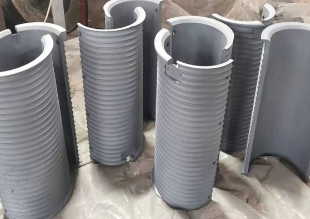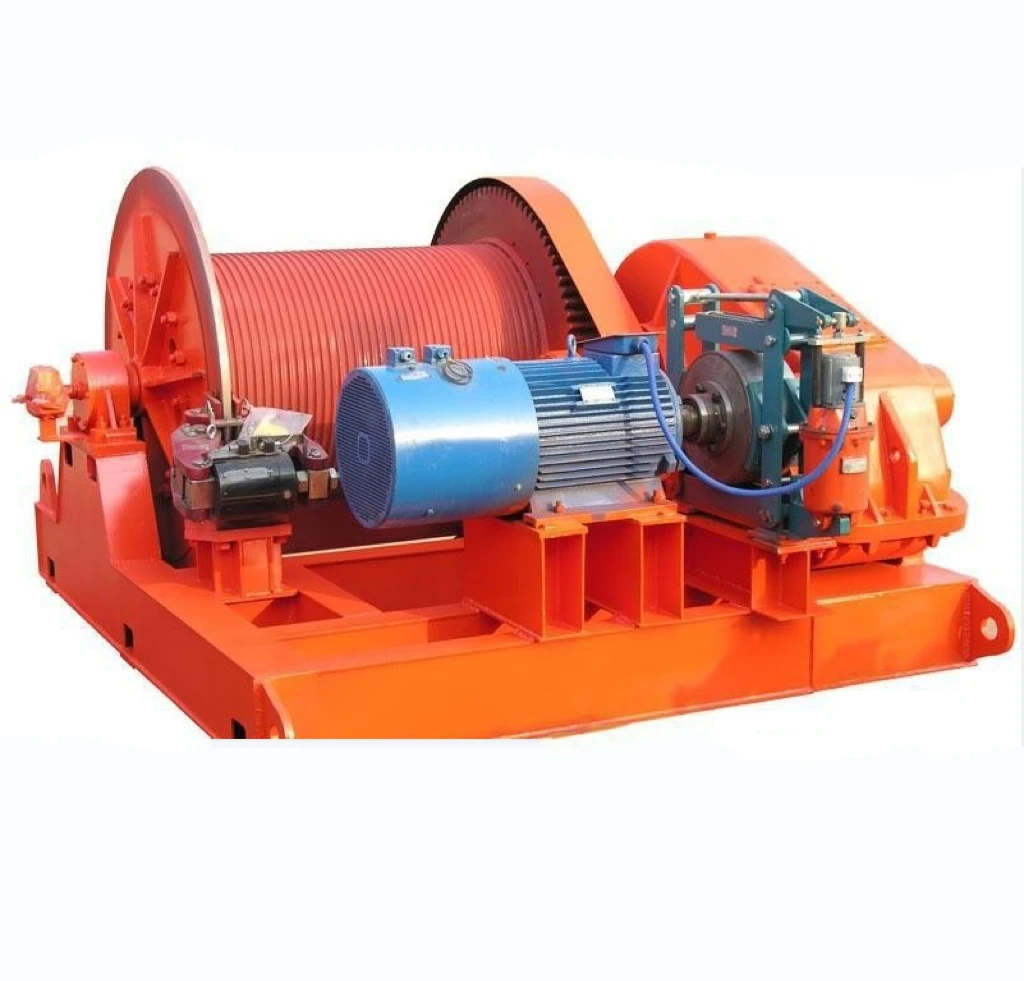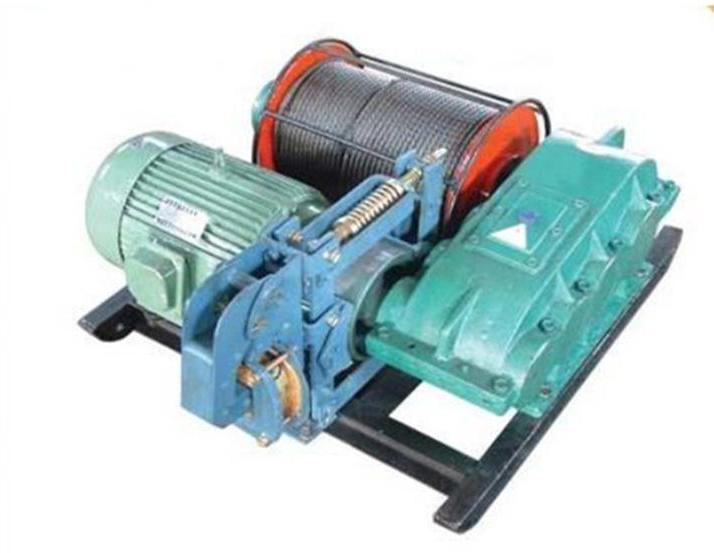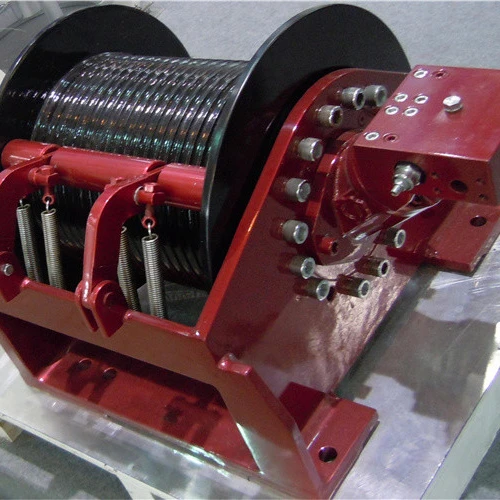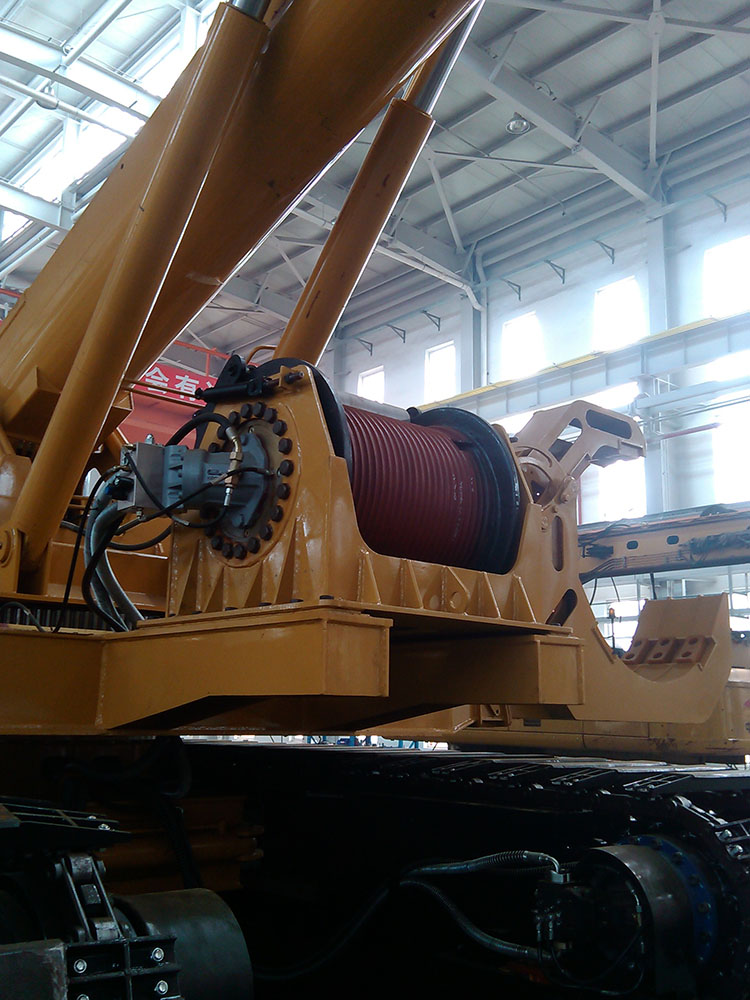Hydraulic Winch Solutions: Durable, Efficient & Customizable Equipment
Why Hydraulic Winches Still Reign in Heavy-Duty Applications
Having spent well over a decade in the industrial equipment sector, I can tell you there’s something reassuring about a hydraulic winch. These beasts aren’t just machines – they’re workhorses built for the kind of heavy lifting and pulling that often feels like you’re asking for the impossible. Whether on offshore rigs, construction sites, or marine vessels, hydraulic winches are the go-to tech when reliability and power are non-negotiable.
What stands out about hydraulic winches is their ability to deliver consistent torque without overheating, a problem that many electric winches struggle with under continuous load. Plus, the hydraulic system’s simplicity under pressure – it’s almost elegant. You can almost hear the gears hum and know they’re ready for another round.
A Quick Look at Common Hydraulic Winch Specifications
| Specification | Details |
|---|---|
| Pulling Capacity | Up to 30,000 lbs (varies by model) |
| Line Speed | 0–30 ft/min (variable control) |
| Hydraulic Pressure | Up to 3,000 PSI |
| Drum Diameter | 12 to 24 inches |
| Cable Length | Variable, up to 300 ft |
| Weight | Roughly 400–1500 lbs |
You can imagine how important it is for operators to pick specs that suit their exact needs. I remember a client who nearly doubled their operational efficiency just by optimizing drum diameter and cable length for offshore deployment—because frankly, sometimes it’s not just about power, but about matching the job perfectly.
Choosing Between Top Hydraulic Winch Vendors
| Vendor | Key Feature | Customization | Typical Use Case | Price Range |
|---|---|---|---|---|
| LBS Winch | Robust build, high torque | Highly customizable | Marine & industrial lifting | $$$ |
| Vendor B | Compact design | Limited options | Light industrial use | $$ |
| Vendor C | Budget-friendly | Standard models only | Construction sites | $ |
In my experience, you get what you pay for. Even among hydraulic winches, it's clear that some vendors prioritize customization and durability more than others. LBS Winch often pops up in conversations, especially when folks need something built to last and tailor-made, and frankly, that reputation is well-earned. Adjusting specs for marine environments, for example, is tricky, and their designs typically don't skip a beat.
Reflections on Using Hydraulic Winches in Real-World Settings
I’ll admit, it’s not all glamour. Maintenance and operator training are... well, they’re crucial. Hydraulic systems like these respond well when respected, but a slip in oil cleanliness or ignoring fluid checks can lead to headaches. It's funny how the best machines sometimes reveal the tiniest human oversights.
Then again, when everything is running smoothly, the sheer power and smooth operation make you appreciate why hydraulic winches still dominate in heavy lifting. It's like watching a well-oiled orchestra—except it’s pulling tons of steel instead of playing symphonies.
If you’re weighing options for heavy-duty equipment, studying specs and vendor strengths pays off more than rushing in. Trust me — getting a hydraulic winch that fits the job isn’t just buying a tool; it’s making an investment in your workflow's reliability.
— A seasoned perspective from someone who’s seen winches in both calm and wild industrial storms.
References & Further Reading
- Industry reports on hydraulic winch efficiency (2023)
- Case study on offshore winch deployment, MarineTech Journal
- User reviews and performance tests from LBS Winch customers
-
Double Drum Hydraulic Winch – Durable, Efficient Load Handling SolutionsNewsNov.25,2025
-
Hydraulic Drum Winches: Powering Heavy Lifting with Precision and DurabilityNewsNov.24,2025
-
Hydraulic Driven Winch – Reliable Heavy Lifting Solutions for Industry & ReliefNewsNov.24,2025
-
Hydraulic Crane Winch – Powerful & Precise Heavy Lifting Solutions | LBS WinchNewsNov.23,2025
-
Electric Over Hydraulic Winch: Efficient, Durable Lifting Solutions for Modern IndustryNewsNov.23,2025
-
Hydraulic Logging Winch Guide | Global Applications & InnovationsNewsNov.22,2025


